Meditation for People Who Can’t Sit Still: A Moving Mindfulness Guide
Have you ever sat down to meditate, only to feel like your brain just turned up the volume and thoughts flooded in twice as fast? You’re not alone. In fact, “I can’t meditate” “I find it hard to meditate” and “meditation for busy minds” are among the most searched phrases beginners will Google. That’s because many of us feel the exact same thing: too wired, too distracted or too restless to sit still and give it a go.
But let me share something important with you that’s going to change the meditation game for you - you don’t need to sit still to be mindful. You don’t even need to “clear your mind.” What you do need is a practice that meets you where you are. And that’s my philosophy - wellbeing your way.
Welcome to moving mindfulness—the meditation style that flows with your life, not against it.
Why Traditional Meditation Feels Hard (and That’s Okay)
Let me start by busting a longstanding myth: Meditation isn’t about stopping thoughts or becoming a blank slate. I’ve tried and trust me - it’s not possible.
It’s about noticing what’s here - gently, kindly, without judgment.
We’ve been sold an image of meditation that doesn’t work for everyone. For high performers, sensitive systems, parents, founders, and people with full plates, sitting in silence can feel impossible. And that’s completely valid.
Research from Harvard and the NIH shows that movement-based mindfulness can offer the same brain and body benefits—sometimes even more—than still meditation. So this method is just as effective, if not more. What are you waiting for?
What Is Moving Mindfulness?
Moving mindfulness is simply meditation in motion. It means bringing your full attention to whatever your body is doing; walking, stretching, cooking, dancing.
It’s especially powerful for:
Busy minds
Restless energy
Highly sensitive people
Those healing from trauma
Anyone who just doesn’t want to sit still for 20 minutes
“Mindfulness isn’t difficult. We just need to remember to do it.” – Sharon Salzberg
5 Moving Meditation Practices (That work well for people who struggle to meditate)
These evidence-based practices are short, effective, and don’t require sitting still
1. Mindful Walking
Take a slow walk indoors or outdoors. Feel your feet connecting to the earth. Listen to the sounds around you. Breathe deeply.
Reflection Prompt: What does it feel like to move without rushing?
2. Body Scan in Motion
Stretch or do gentle yoga while guiding your attention through each part of your body. This soothes the nervous system and reconnects you with your physical self.
💡 Try this as part of your wind-down routine or before bed.
3. 5-Sense Reset
Pause and name:
5 things you can see
4 things you can hear
3 things you can feel
2 things you can smell
1 thing you can taste
This sensory check-in pulls you out of the thought spiral and into the present moment.
4. Shake It Out (aka Mindful Dancing)
Put on your favourite song and move however your body wants—shake, bounce, sway. This releases tension and boosts mood. I love a kitchen dance party to some classic 90’s hits!!
Reflection Prompt: How do I feel after letting my body lead the way?
5. Mindful Chores
Washing the dishes? Folding laundry? Stirring soup? Bring your full attention to the task. Focus on the texture, sound, temperature, and movement.
💡 Everyday tasks = powerful mindfulness tools in disguise.
You’re Not Failing at Meditation if you don’t sit still
If you’ve ever thought, “I’m just not a meditation person,” please know this:
You don’t need to be calm to start.
You don’t need a quiet mind to benefit.
You just need the willingness to try something different.
“You should sit in meditation for 20 minutes a day—unless you’re too busy. Then you should meditate for an hour.” – Zen proverb
The Science Behind Moving Mindfulness
Studies from Harvard Health and JAMA Internal Medicine show moving mindfulness can:
Reduce anxiety and depression
Lower cortisol levels
Improve sleep and emotional regulation
Boost creativity and focus
Help with burnout recovery
Even 5–10 minutes a day can retrain your stress response and improve wellbeing.
FAQs: Meditation for Busy Minds & Restless Bodies
1. Can you meditate while moving?
Absolutely. Walking, stretching, and even cooking can become mindful meditation when done with intention and awareness.
2. What’s the best meditation for a busy mind?
Try mindful walking, 5-sense check-ins, or body-based practices. These ground your awareness and give your brain a “job” to focus on.
3. How long should a moving meditation be?
Even 3–5 minutes is powerful. Start small, stay consistent, and let it grow.
4. I’ve tried meditation apps and still can’t focus—what should I do?
Apps can be helpful, but try turning movement itself into the meditation. It may feel more natural for your nervous system.
5. Can moving meditation help with burnout or overwhelm?
Yes. It supports nervous system regulation, which is key for preventing and healing burnout. It helps you pause and reset—without adding another task to your list.
6. Is this MINDFULNESS MEDITATION APPROACH suitable for neurodivergent or trauma-sensitive individuals?
Yes, and often it’s more suitable. Moving meditation gives your body a sense of safety and rhythm that seated practices sometimes lack. Tune in and always trust what feels safe and right for you.
Mindfulness AND MEDITATION: Your Way
Whether you’re a founder, educator, parent, or just a beautifully busy human — you deserve tools that fit your life, not the other way around. Try these techniques and let me know what you think 💜



